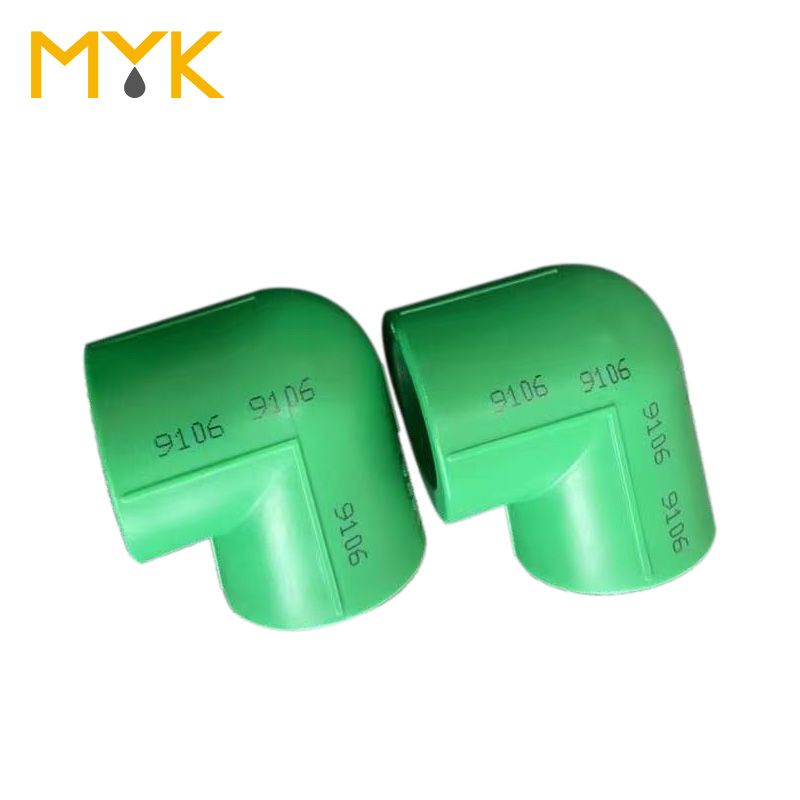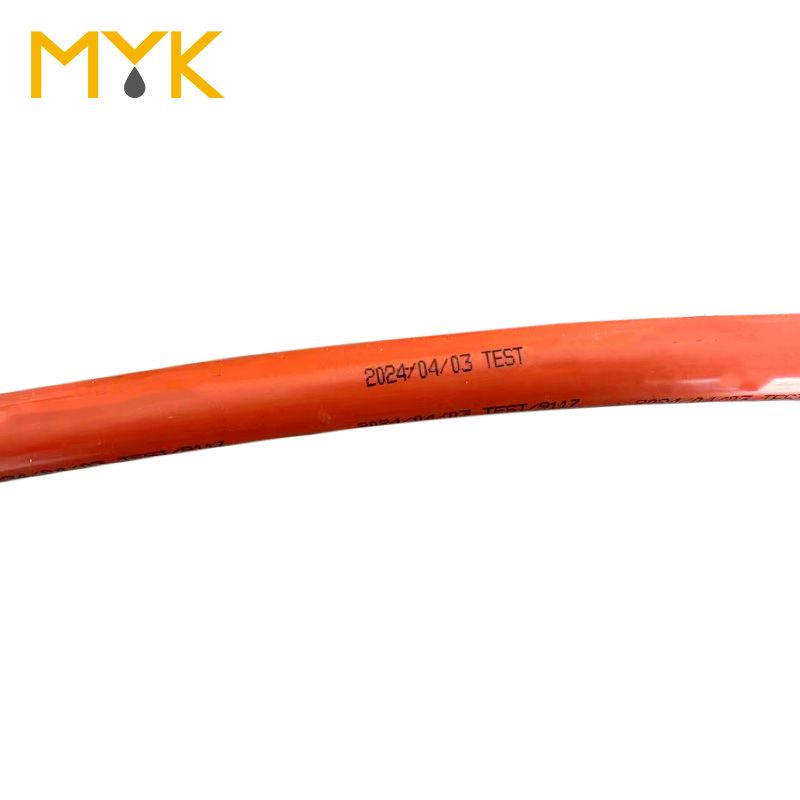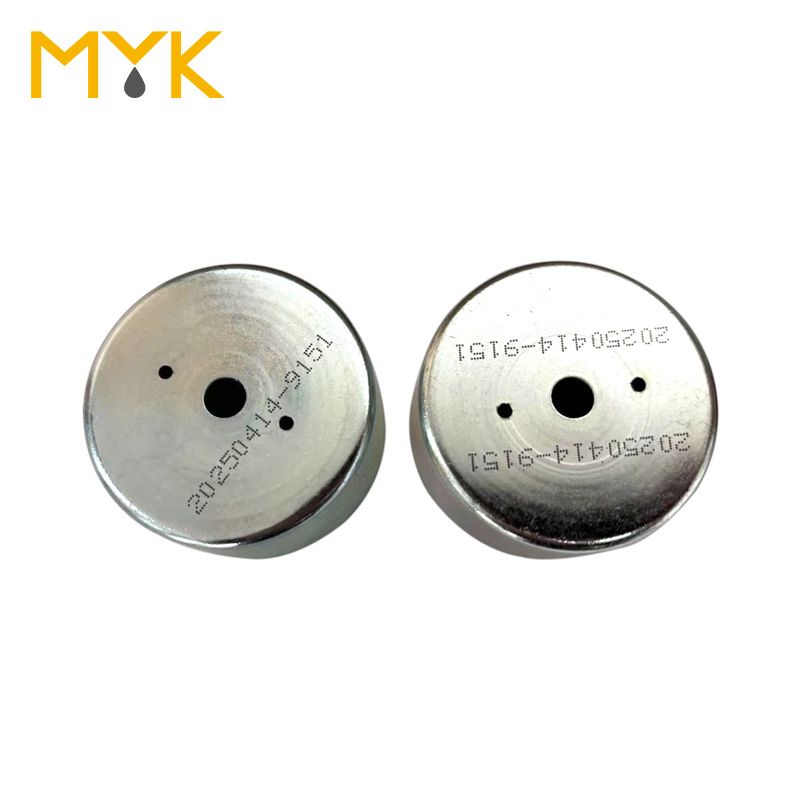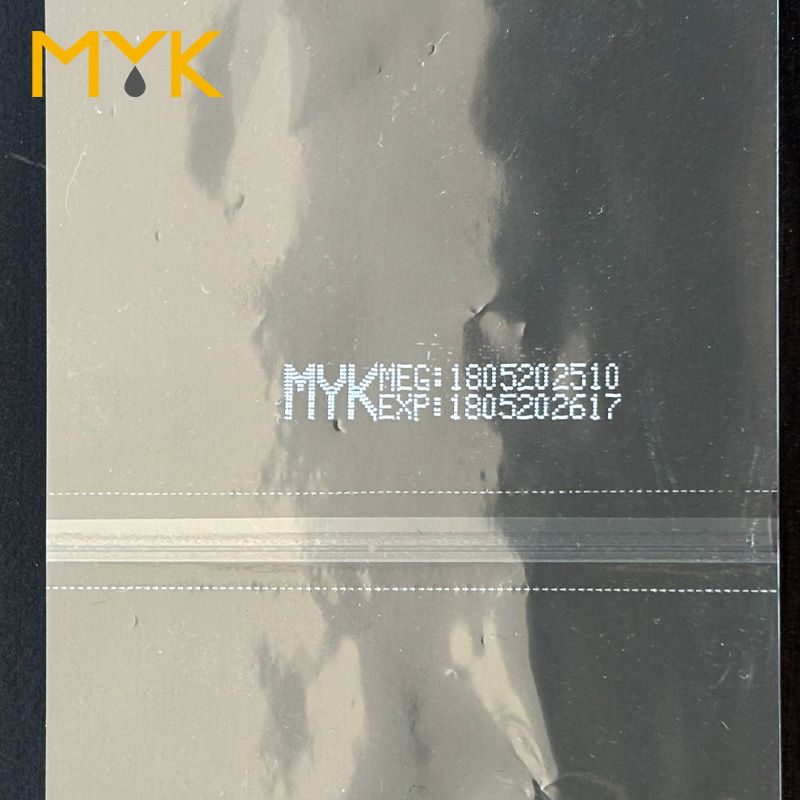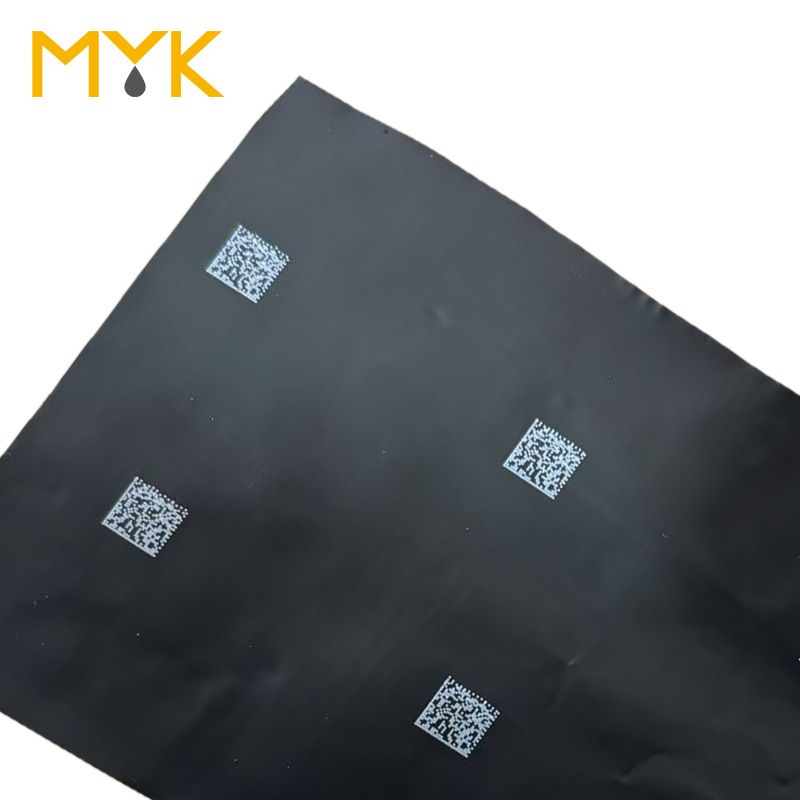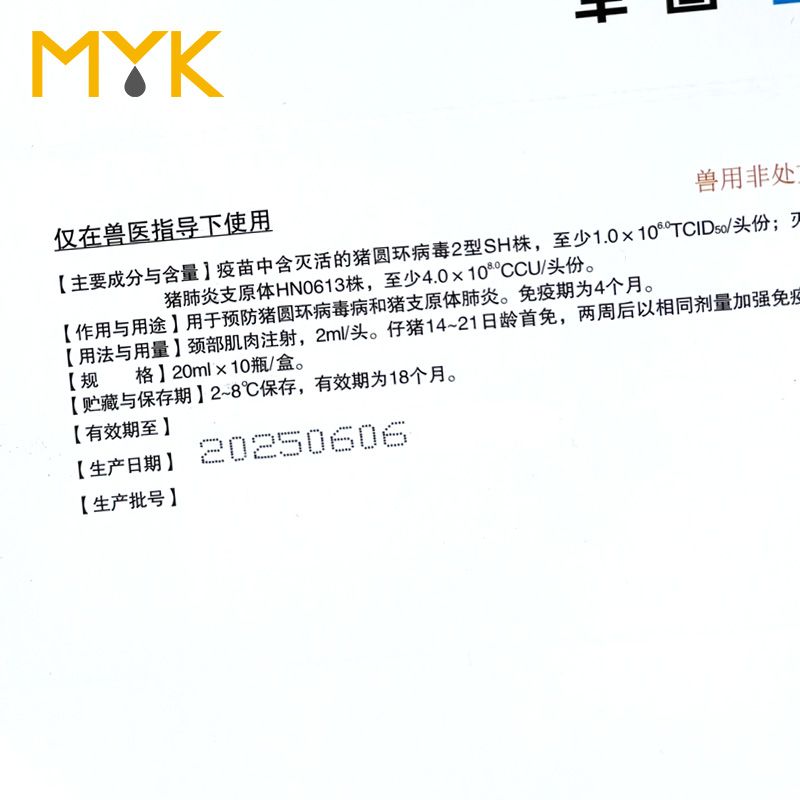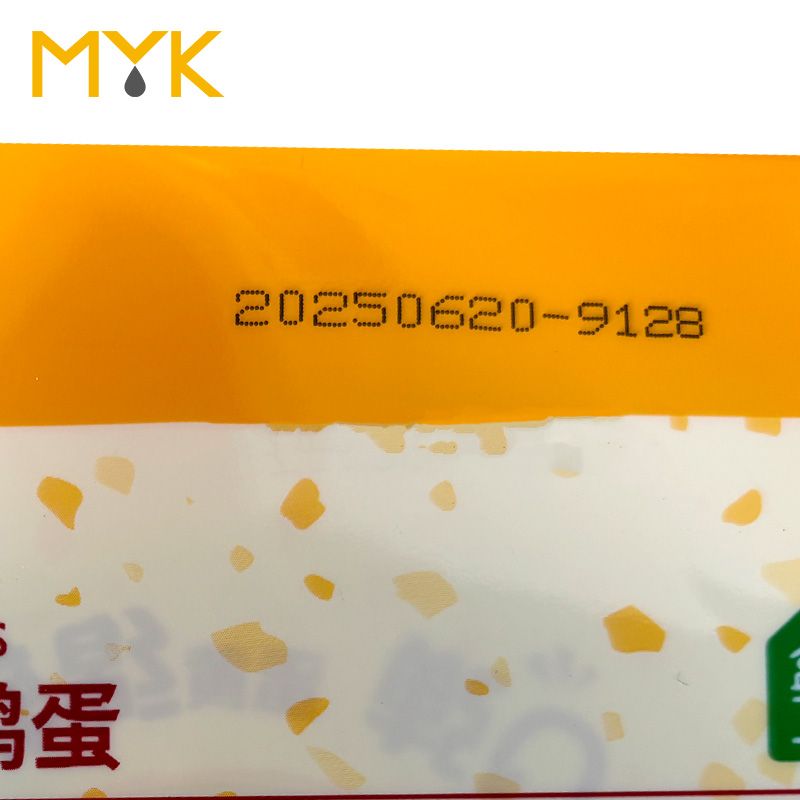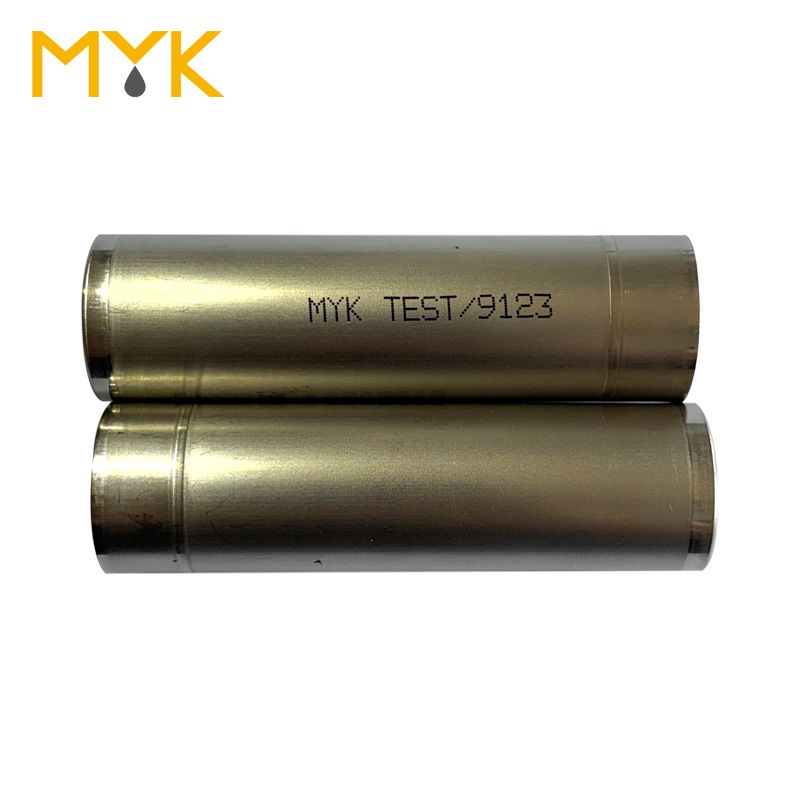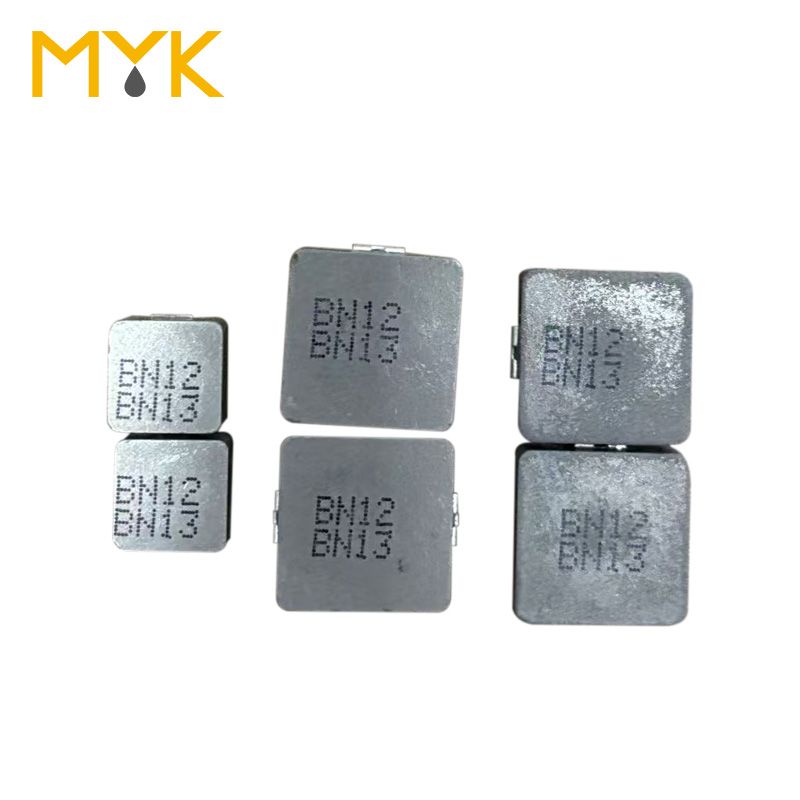Vegetable Oil Resistance
Vegetable Oil Resistance
- Preserves Print Integrity & Legibility
Prevents ink from smudging, bleeding, or degrading when in direct contact with oily or greasy contents (e.g., snacks, fried foods, sauces). This ensures barcodes, logos, and expiration dates remain scannable and readable throughout the product's shelf life.
- Ensures Product Safety & Prevents Contamination
Acts as a robust barrier that stops oil from migrating through the ink layer. This prevents external contaminants from entering the package and, crucially, stops ink components (like photoinitiators or pigments) from migrating into the food, which is mandatory for food safety compliance (e.g., EU 10/2011, FDA).
- Maintains Package Structural Integrity
Oil can weaken the seals of flexible packaging and degrade certain plastics. Oil-resistant ink helps maintain the ink layer's adhesion and integrity, which in turn supports the overall strength and barrier properties of the packaging material.
- Upholds Brand Image & Quality Perception
Guarantees that the packaging appearance remains pristine, clean, and professional. Smudged or stained ink due to oil contact creates a perception of poor quality and can damage consumer trust in the brand.








